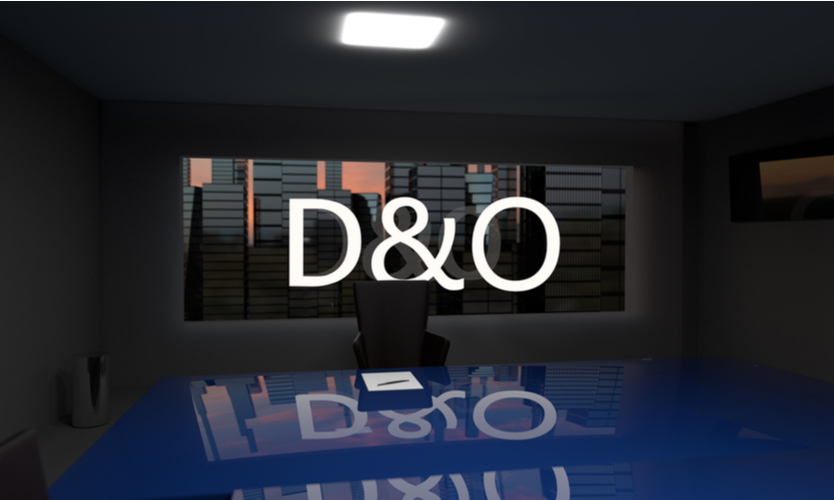Appeals case puts spotlight on disputes over bump-up exclusions
- June 20, 2025
- Posted by: Web workers
- Category: Workers Comp

Insurers and policyholders are intently watching Tuesday’s oral arguments before the 4th U.S. Circuit Court of Appeals between Towers Watson & Co. Inc. and its insurers on whether a “bump-up” exclusion in a directors and officers liability policy precludes coverage for the $90 million settlement of two shareholder lawsuits as litigation over the provision grows with mixed results, experts say.
Since their introduction in the mid-1990s, the exclusions, which limit the definition of a loss in D&O policies and bar coverage for the increased costs of a transaction resulting from inadequate negotiated consideration, have been regularly litigated.
“Historically, the exclusion was intended to come into play for the buyer company facing a shareholder lawsuit after a transaction for paying too little. In theory, it prevents collusion where you have a buyer allegedly paying too little, everybody knowing the shareholders for the seller are going to sue, and then have insurance pay the delta,” said Daniel J. Healy, a Washington-based policyholder attorney with Brown & Rudnick LLP.
The potential increase in mergers and acquisitions under the Trump administration is also fueling interest in the case.
A rise in the number of M&As and subsequent shareholder litigation will likely result in more lawsuits over bump-up exclusions, said Carolyn H. Rosenberg, a Chicago-based policyholder attorney at Reed Smith LLP.
“If you have litigation regarding transactions, you can be fairly certain the insurer will raise the bump-up exclusion among their arsenal of defenses,” she said.
“Given the economy of the last couple of years and the prevalence of these transactions, what we’re seeing is that insurers are attempting to establish building blocks for a very solid defense against coverage for shareholder suits following a merger or acquisition,” said J. Andrew Moss, a Chicago-based partner at Reed Smith.
The case, Towers Watson & Co. v. National Union Fire Insurance Co. of Pittsburgh, Pa., et al., is before the appeals court again to review a March 2024 ruling by a federal judge in Alexandria, Virginia, that relieved American International Group Inc. unit National Union and other D&O insurers from covering the settlements.
The coverage dispute arose after shareholders filed two lawsuits following the 2015 merger between Towers Watson and Willis Group Holdings PLC, which settled for $75 million and $15 million, respectively, with attorneys collecting $17 million in fees. Although the insurers reimbursed Towers Watson for approximately $15 million in defense costs, they refused to cover the settlements, citing the bump-up exclusion, court records show.
Towers Watson sued National Union and other insurers in 2020, seeking a court determination on the provision’s applicability. The trial court ruled in favor of Towers Watson, and the insurers appealed.
The appeals court vacated Towers Watson’s win in May 2023, ruling the trial judge “adopted an unduly narrow reading of the exclusion, finding ambiguity where none exists.”
Following remand, the trial judge ruled in favor of the insurers in March 2024, saying the lawsuits constituted a claim because the shareholders alleged that Towers Watson did not give adequate consideration when acquiring Willis. Towers appealed.
One of the main issues before the panel is whether Towers Watson was an entity under the provision and whether the two underlying shareholder lawsuits involved a claim required to invoke the exclusion.
Many bump-up exclusions refer to “an entity” in a way that applies whether the policyholder is the acquisition target or the acquiring company. Some narrower exclusions, however, are limited to deals where the policyholder is the acquiring company, said Scott M. Seaman, a Chicago-based insurance coverage partner with Hinshaw & Culbertson LLP.
Another issue is whether the allegations in the shareholder lawsuits constituted a claim under the exclusion. Claims typically require allegations that consideration for an acquisition was inadequate, Mr. Seaman said, and the shareholders’ allegations that Towers Watson’s directors and officers breached their fiduciary duty and violated Securities and Exchange Act section 14(a) checked that box.
A third issue involves Towers Watson’s request for coverage for $17 million in plaintiffs attorney fees, Ms. Rosenberg said.
“It is a strong argument that if the bump-up exclusion says it doesn’t cover damages or settlement amounts for the increase in the per share price, or the price of an acquisition, and no damages were awarded on that basis and no settlement amount is specifically for such increase, then you immediately question why the exclusion would apply, especially for attorney fees,” Mr. Healy said.



